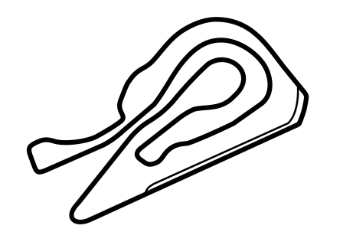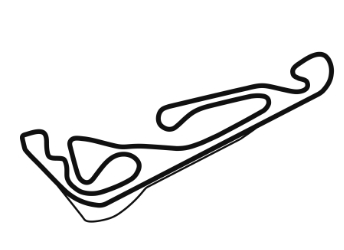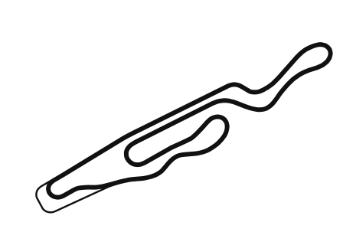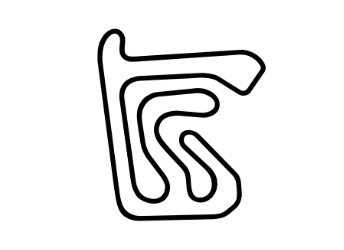Time Attack Manila
The only dedicated online magazine in the Philippines that focuses on local and international motorsports.
- Latest POSTS
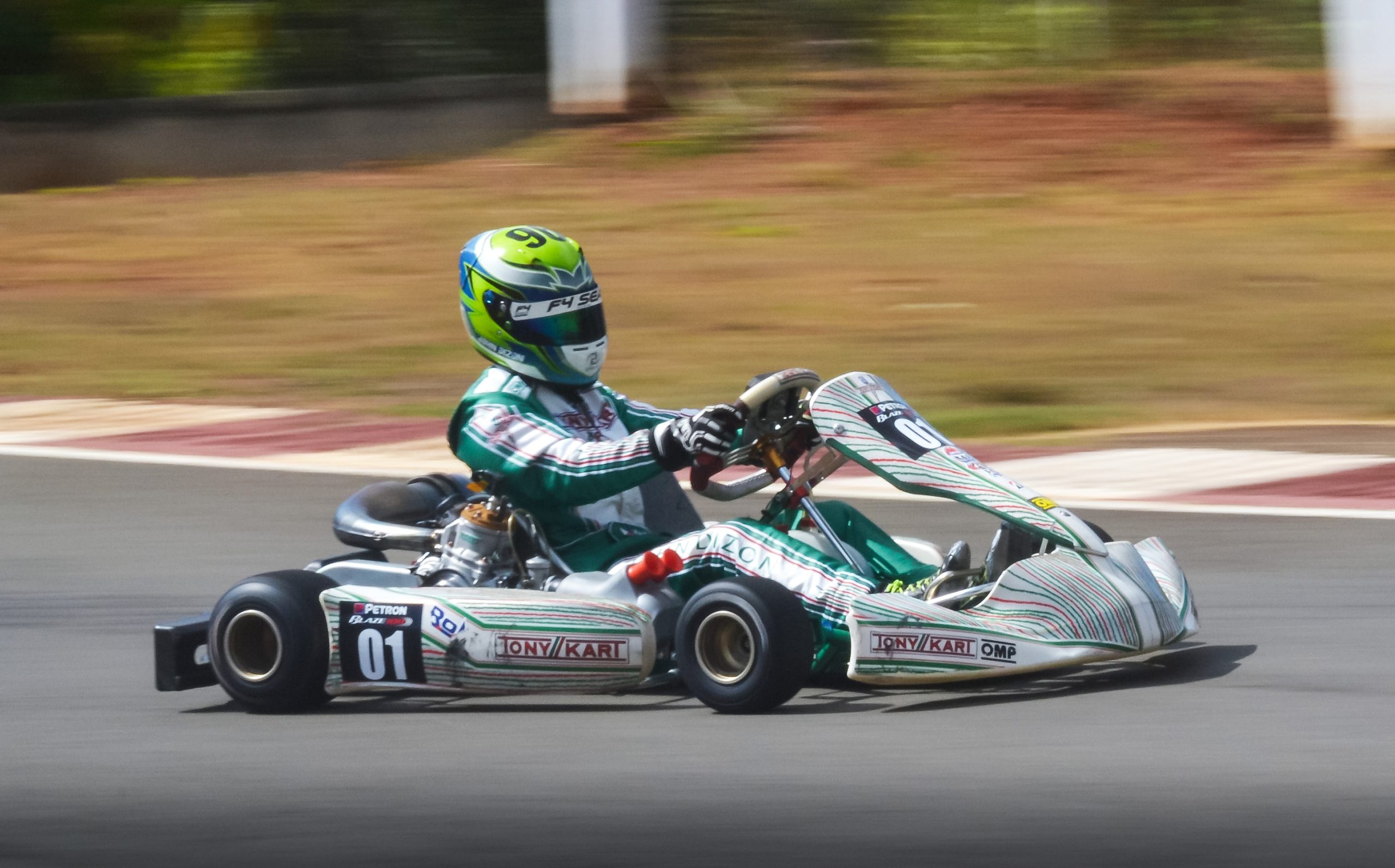
John Dizon completes clean sweep of ROK GP Cup Ph’s opening round
- April 19, 2019
John Dizon had a lot to celebrate about after the ROK GP Cup Philippines’ season opener last April 13. The 2-time Karter of the...
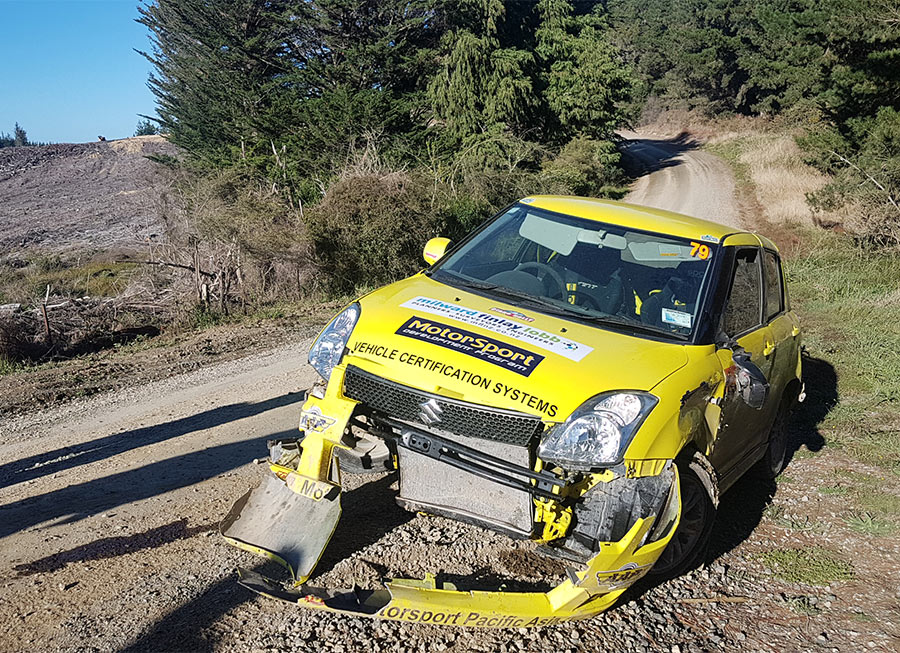
SS4 crash sadly puts Ivan Isada’s 2019 Otago Rally pursuit to an end
- April 18, 2019
“Went over a crest and set the car up for the next turn. Unfortunately, we went too fast over a crest and lost the...
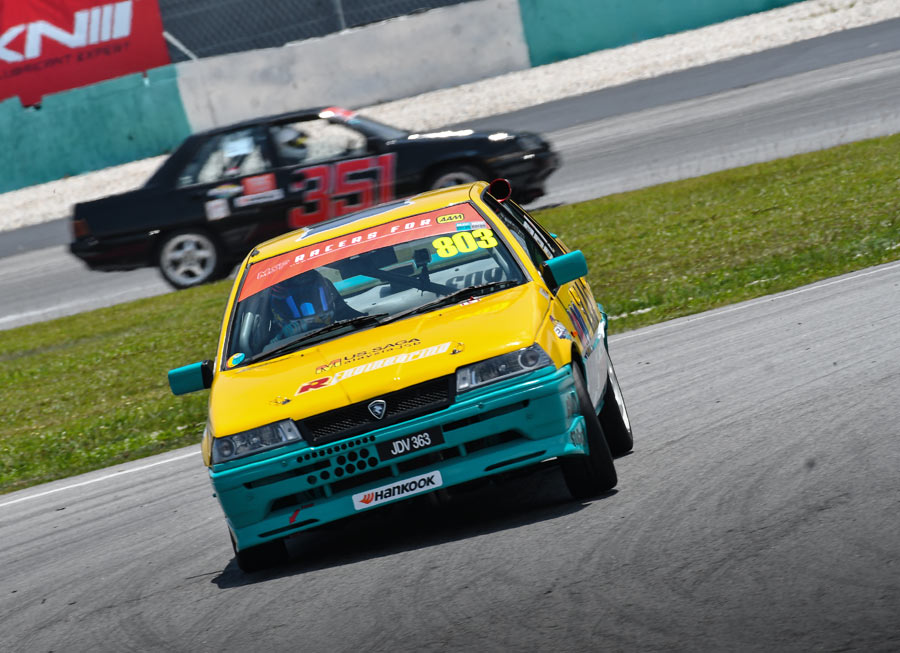
Dexter Daquigan storms to class win in 82-car MSF Saga Cup grid
- April 18, 2019
Having spent 3 odd years racing Classic MINIs, it was finally time for Dexter Daquigan to move on and try something new. That’s why...

Here’s where you’ll find Petron Lakbay Alalay pit stops this Holy Week
- April 17, 2019
This coming Holy Week, our friends from Petron Corporation are once again setting up roadside assistance pitstops across the country to help motorists on...
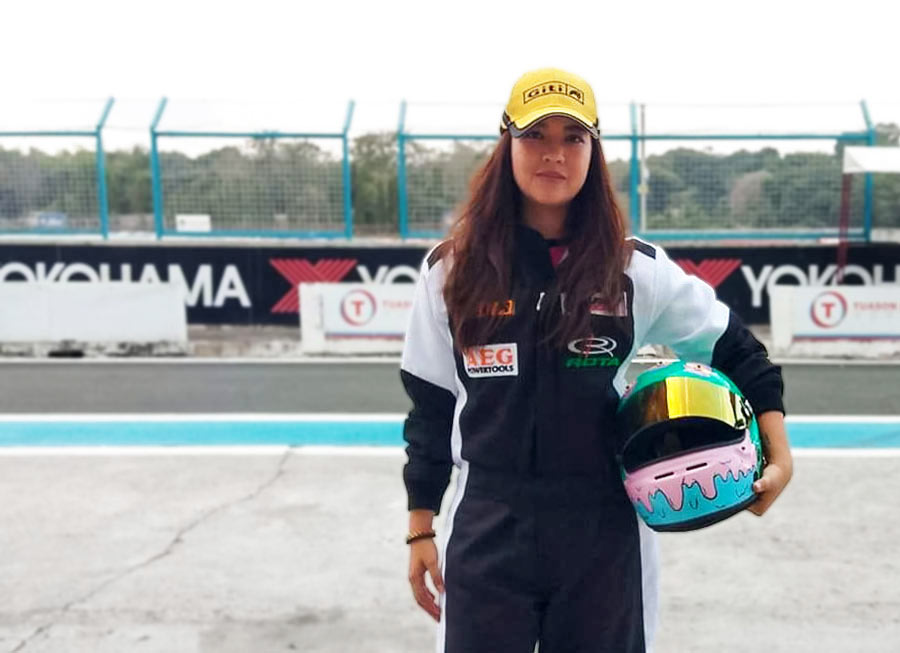
Gaby Dela Merced back racing full time in 2019 with TA2 Asia
- April 16, 2019
Except for some one-off appearances in local endurance events, it must have been at least half a decade since Gaby Dela Merced last raced...
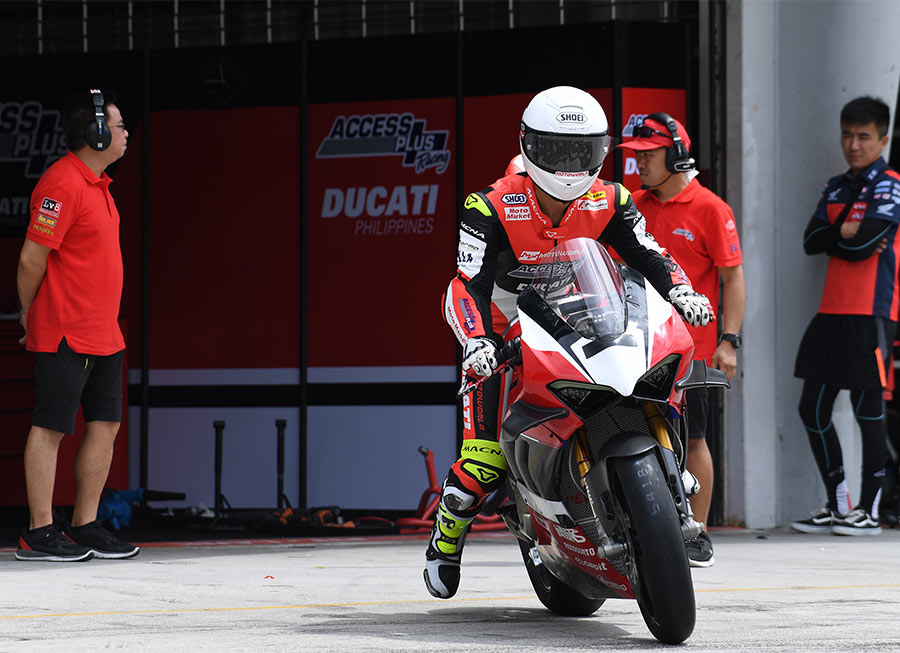
Access Plus Racing-Ducati Ph-Essenza to take ASB1000 fight to Australia
- April 15, 2019
Following the team’s Asia Superbike 1000 (ASB1000) debut at the Sepang International Circuit, Access Plus Racing-Ducati Philippines-Essenza is now taking the fight to The...
